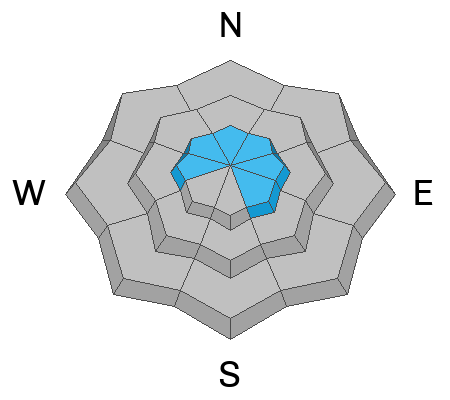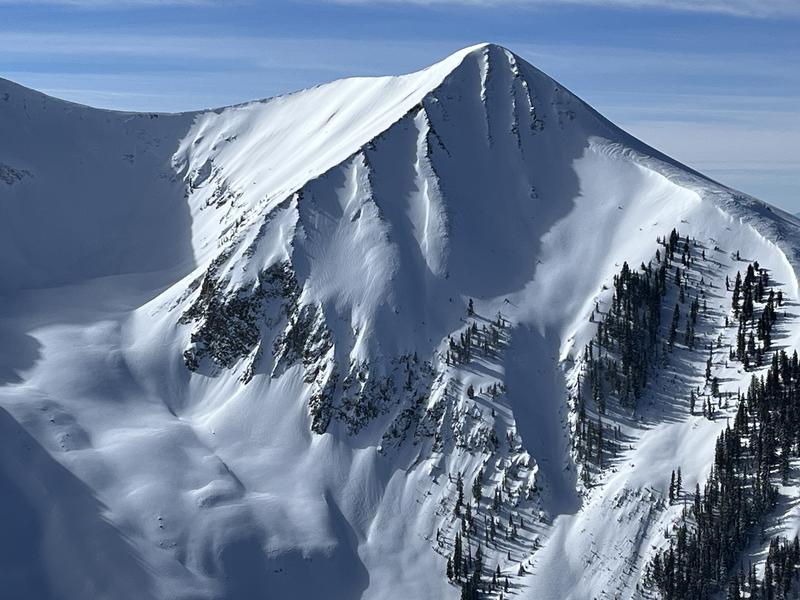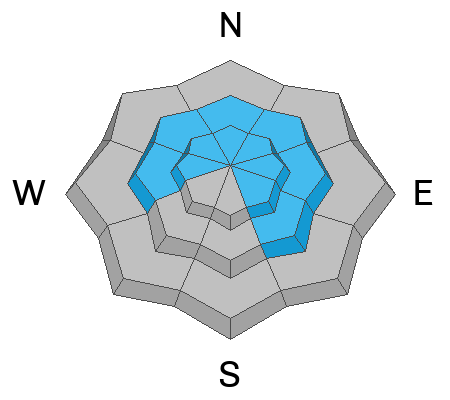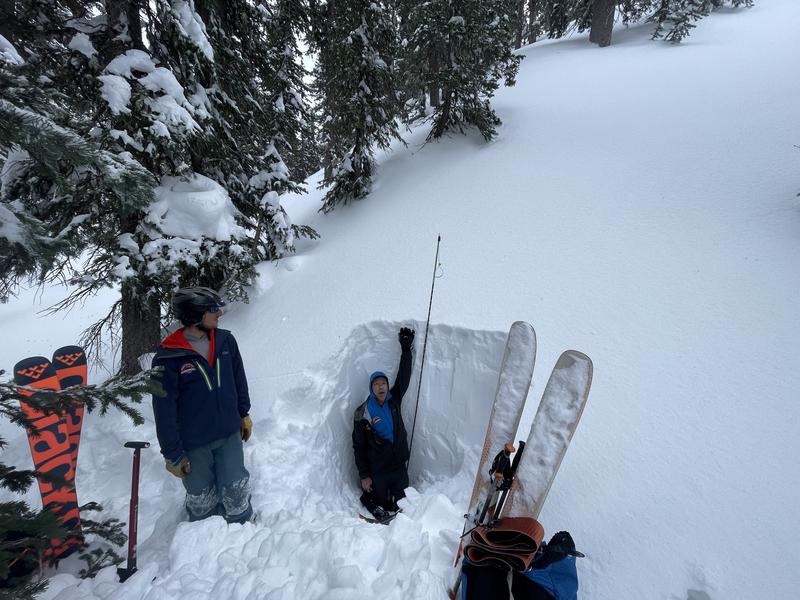Road Conditions: The road is plowed but areas of soft snow exist near the top. AWD and good tires recommended.
Grooming: All trails were groomed yesterday and conditions are excellent.
24 Hour Snow 0" 72 Hour Snow 3" Season Total Snow 138" Base Depth at Gold Basin 59"
Winds on Pre Laurel Peak SW 5-10 Temp 22F
Short lived high pressure will provide mostly sunny skies, light SW winds, and warm temperatures rising up into the low to mid 30's. High clouds will begin streaming into the area ahead of the next approaching system. Saturday we'll see mostly cloudy skies, breezy SW winds, with snow showers developing by Saturday night. The main event looks to be on Sunday with with up to a foot of snow looking likely at this time. The next system is queued up for Mon-Tues.
General Conditions
At around 200% of normal, a generally deep and strengthening snowpack exists. The exception is in wind affected terrain, primarily above treeline. The snowpack in this zone is the most complex where deep drifted slopes alternate with scoured ones creating a landscape where thin snowpack areas exist next to deeper areas. Near treeline and below, the November persistent weak layer is deeply buried and difficult to affect. But in the wind zone, the overlying slab is thinner, and there is a greater abundance of shallow trigger points. Stiff areas of wind drifted snow also pose a threat, and a triggered wind slab could step down causing a deeper and more dangerous avalanche.
In our travels yesterday we stepped things up a bit and dipped our toes into avalanche terrain for the first time this season. We remained cautious and continued to avoid steep wind drifted slopes as well as slopes with convex features. We didn't jump into any chutes, and we avoided areas of steep, rocky, more radical terrain. Consider your slopes carefully as you begin to venture out. Things are starting to turn the corner, but it's not yet green light, and deep and dangerous avalanches remain possible.
Travis Nauman and Josh Darling were up yesterday and they reported a strengthening snowpack and "hero snow" conditions with 3"-7" on a supportable base. Check out their
observation here.
Snowpack and Weather Data













